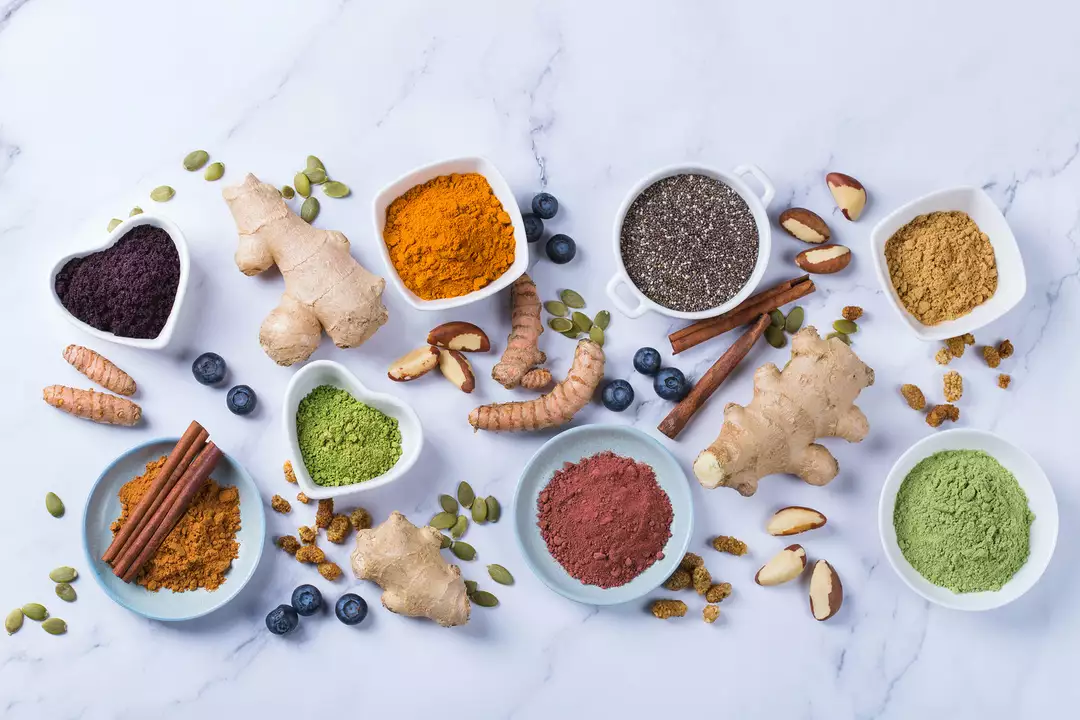Acai: How to Use It, What It Helps With, and How to Buy Good Stuff
Acai is a small purple berry from the Amazon. People call it a superfood because it’s high in antioxidants, fiber, and healthy fats. You’ll find acai as frozen pulp, powders, capsules, and ready-made bowls. This guide tells you what acai does, how to use it, what to watch for, and how to pick a quality product without the hype.
What acai can help with: acai’s antioxidants (especially anthocyanins) protect cells from damage and support basic heart health markers like cholesterol when added to a balanced diet. The fiber helps digestion and keeps you feeling full, which can cut snacking. Acai also supplies small amounts of vitamins and minerals—and the natural fats help your body absorb fat-soluble nutrients.
How to use acai every day
For most people, simple is best. Blend frozen acai pulp or 1–2 tablespoons of freeze-dried powder into a smoothie with banana, spinach, and unsweetened almond milk. Spoon frozen acai into a bowl and top with oats, seeds, and fresh fruit instead of sugary granola. If you use capsules, follow the label directions. Avoid acai bowls or drinks loaded with syrup and toppings—those cancel the benefit by adding a lot of sugar and calories.
Practical buying tips and safety
Pick freeze-dried powder or frozen puree with no added sugars or fillers. Freeze-dried powder keeps nutrients better than heat-dried powder. Check the ingredient list for only acai or acai plus a neutral carrier like maltodextrin—no artificial colors or sweeteners. Look for organic or fair-trade labels if sustainability matters to you. If weight or blood sugar is a concern, favor unsweetened products and smaller portions.
Side effects are rare but possible. Allergies to acai are uncommon but can happen. If you’re pregnant, nursing, taking blood thinners, or on prescription meds, ask your doctor before starting concentrated acai supplements. Store frozen pulp in the freezer and powder in a cool, dry place to keep flavor and nutrients. Use powder within the recommended shelf life.
Quick recipes: a starter smoothie—frozen acai pulp, one banana, a handful of spinach, water or unsweetened milk; blend until smooth. For a quick breakfast bowl—frozen acai, frozen berries, a splash of milk; top with chia seeds and a few almonds. Both are fast, filling, and let acai’s flavor stand out without extra sugar.
If you want the antioxidant boost, acai can be a good, tasty option. Keep portions sensible, avoid added sugars, and choose products that list acai first on the label. When in doubt, ask a pharmacist or healthcare provider about how acai fits into your diet and medications.
Buying online? Read reviews, check expiration dates, and prefer sellers who show lab test results or third party verification. Compare price per serving rather than jar size. Small companies offer fresher pulp; larger brands often sell consistent powder. If you have doubts about a claim on the label, ask a pharmacist before buying. A question can save money and avoid low-quality products.

Acai: The Superfood Dietary Supplement You Need in Your Daily Routine
- by Colin Edward Egan
- on 2 Jun 2023
I recently discovered Acai, an amazing superfood dietary supplement that I believe everyone should incorporate into their daily routine. This small, purple berry is packed with antioxidants, fiber, and healthy fats, which can help boost our overall health and well-being. Not only does Acai support a healthy immune system, but it also aids in digestion and promotes healthy skin. I personally love adding Acai powder to my morning smoothies or enjoying a delicious Acai bowl as a tasty and nutritious snack. Give Acai a try, and you'll see why it's quickly becoming an essential addition to many people's daily routines.
